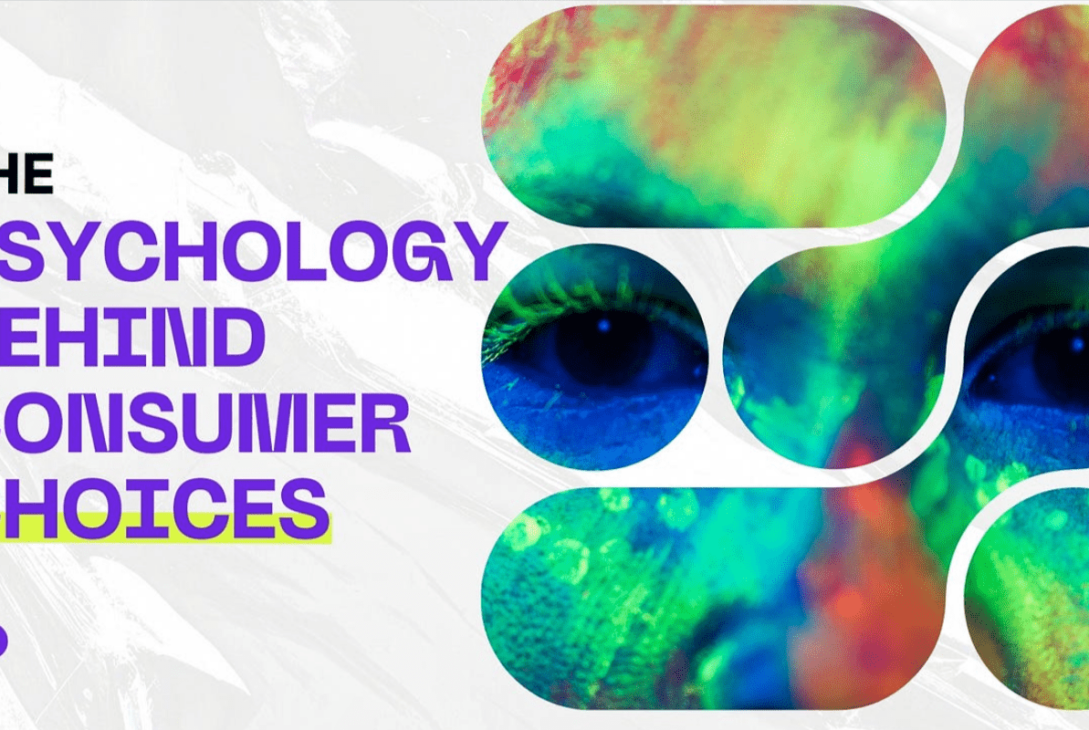Every purchase we make, from impulse buys to carefully planned investments, is influenced by a series of psychological triggers. Whether we’re shopping for groceries, tech gadgets, or even hiring PPC service providers, our decisions are rarely as rational as we like to believe. Understanding the psychology behind buying decisions can give businesses valuable insight into consumer behavior, helping them build better strategies to convert interest into action.
The Role of Emotion in Purchasing Decisions
While we often assume that logic governs our choices, emotions actually play a central role in the decision-making process. Neuroscientific research shows that emotional responses can guide, amplify, or even override rational thinking when it comes to making purchases.
Emotional Triggers
Certain feelings—such as fear, joy, excitement, or even envy—can act as strong motivators. For example:
- Fear of Missing Out (FOMO): Limited-time offers or low-stock notifications create a sense of urgency that prompts quick decisions.
- Security and Trust: Brands that project reliability and safety tap into our innate need for security, making us more likely to buy from them.
- Belonging and Identity: We often buy products that help us align with a specific group or reflect the image we want to project to others.
The Power of Social Proof
Human beings are inherently social creatures, and our buying behavior is often influenced by others. The concept of social proof—where people look to others to determine how to act—is a powerful force in consumer psychology.
Types of Social Proof
- Reviews and Testimonials: Seeing positive feedback from others can build trust and reduce perceived risk.
- Influencer Endorsements: When someone we admire recommends a product, we’re more likely to consider buying it.
- Popularity Metrics: Indicators like “best-selling,” “most popular,” or high follower counts can create a bandwagon effect.
Companies that integrate social proof into their marketing—such as displaying user reviews or customer counts—leverage our instinct to follow the crowd, especially when we’re uncertain.
Cognitive Biases That Influence Buying
Our brains rely on mental shortcuts to make quick decisions, and these shortcuts—known as cognitive biases—can be exploited (ethically or otherwise) in marketing.
Anchoring Effect
When presented with a high price first, subsequent lower prices seem like a better deal. This is why many websites show a “was $199, now $99” price format.
Scarcity Bias
We tend to value things that are rare or hard to get. When items are labeled as limited edition or almost sold out, it taps into this bias, driving urgency and perceived value.
Reciprocity Principle
When someone gives us something for free—a sample, a guide, or helpful advice—we feel inclined to return the favor, often by making a purchase.
The Influence of Design and Experience
Visual design, website speed, ease of navigation, and user experience all affect buying decisions, often subconsciously. A clean, well-structured interface instills confidence, while a cluttered or confusing layout can cause hesitation or abandonment.
Color Psychology
Colors evoke specific emotions. For example:
- Red: urgency, excitement (often used in clearance sales)
- Blue: trust, security (common in finance and healthcare)
- Green: health, peace, or sustainability
Subtle changes in button colors or layouts can influence click-through rates and conversions more than most realize.
Trust and Familiarity
Repeated exposure to a brand increases the likelihood of purchase—a concept known as the mere-exposure effect. When potential customers see your brand consistently across multiple platforms, they’re more likely to trust and eventually buy from you.
This is particularly relevant for online businesses and PPC service providers who aim to stay top-of-mind through consistent ad placements. Familiarity breeds comfort, and comfort often leads to action.
Simplicity and Clarity in Messaging
Too much information can overwhelm potential buyers. When messaging is clear, concise, and benefits-driven, it helps the customer quickly understand what’s in it for them.
Use of bullet points, bold statements, and clear calls-to-action guide users toward making a decision without cognitive overload. The easier it is to understand the offer, the easier it is to say yes.
Final Thoughts
Understanding the psychology behind why people buy goes far beyond simply showcasing a product or service. It involves tapping into emotional triggers, building trust, simplifying the buying journey, and leveraging social and cognitive factors that influence decision-making. Whether you’re a small business owner or one of the many PPC service providers looking to improve conversion rates, keeping these psychological principles in mind can make your strategies more impactful—and your results more rewarding.







![ExtraTorrents Proxy List For 2020 [100% Working Proxies To Unblock Extratorrents] ExtraTorrents Proxy List For 2020 [100% Working Proxies To Unblock Extratorrents]](https://www.troozer.com/wp-content/uploads/2020/08/extratorrent-cd-640x360-1-250x250.jpg)



